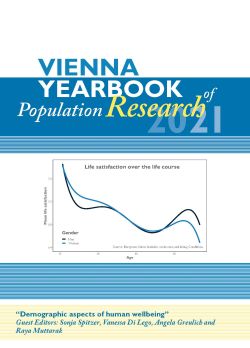
Vienna Yearbook of Population Research 2021, pp. , 2021/06/09
Demographic Aspects of Human Wellbeing

It has often been recognised that the average height of a population is influenced by the economic, social and environmental conditions in which it finds itself, and this insight has inspired a generation of historians to use anthropometric data to investigate the health and wellbeing of past populations. This paper reviews some of the main developments in the field, and assesses the extent to which height remains a viable measure of historical wellbeing. It explores a number of different issues, including the nature of human growth; the impact of variations in diet and exposure to disease; the role of ethnicity; the relationships between height, mortality and labour productivity; and the “social value” of human stature. It concludes that,despite certain caveats, height has retained its capacity to act as a “mirror” of the conditions of past societies, and of the wellbeing of their members.
Keywords: Anthropometrics; Height; Health; Wellbeing; Standard of living